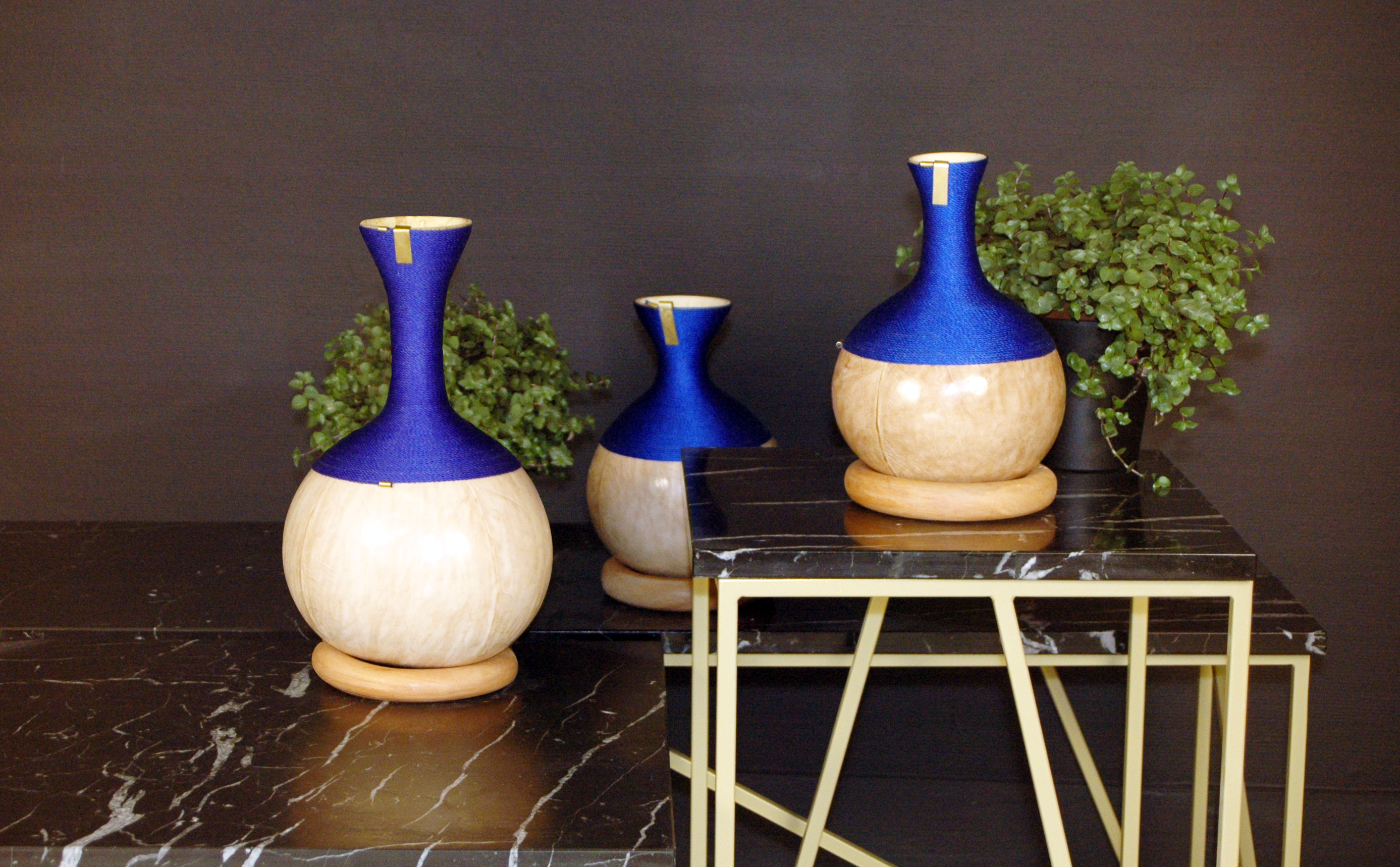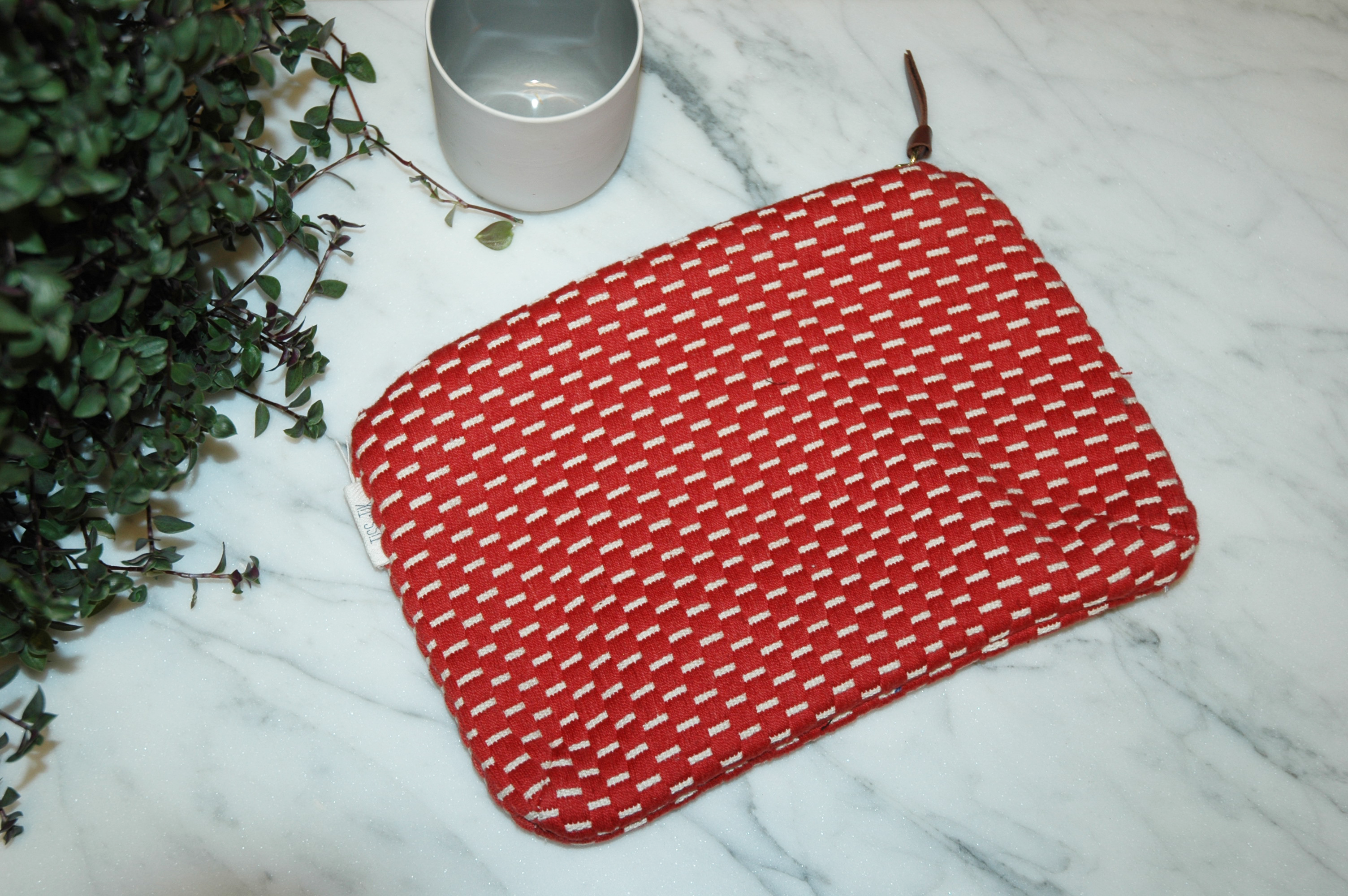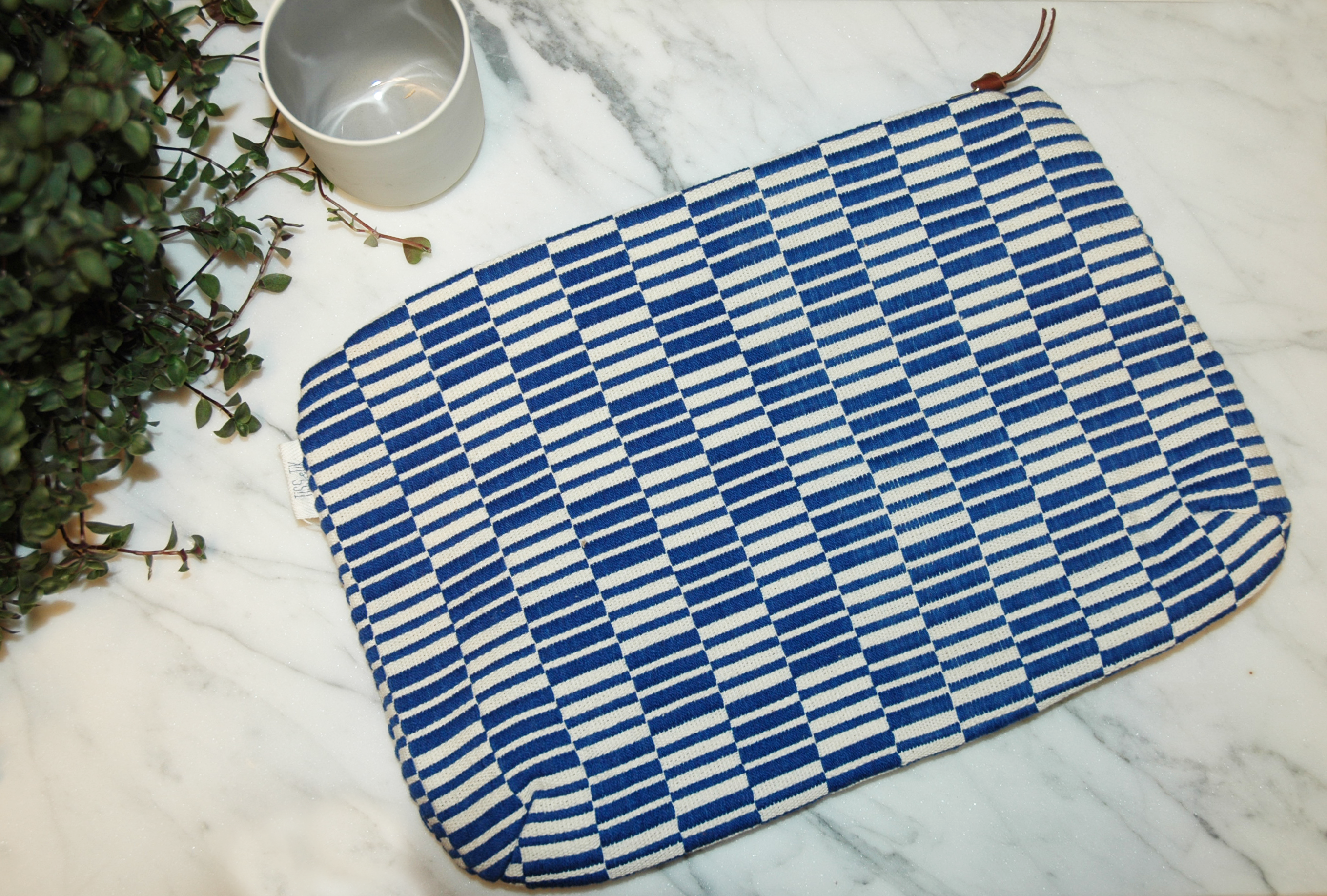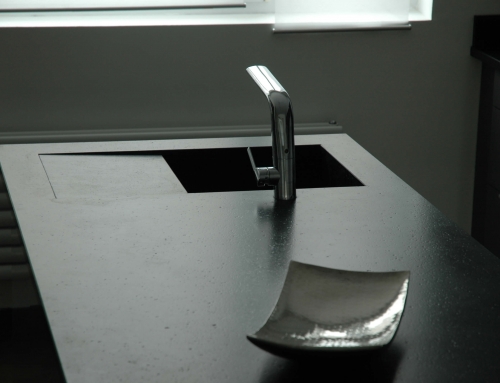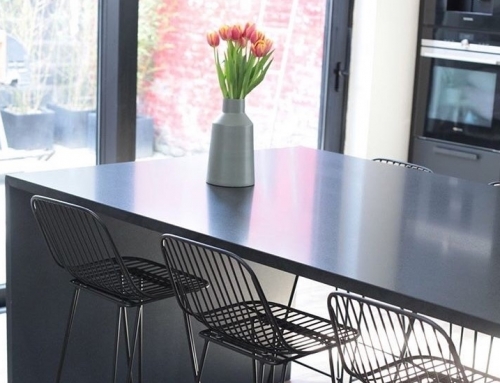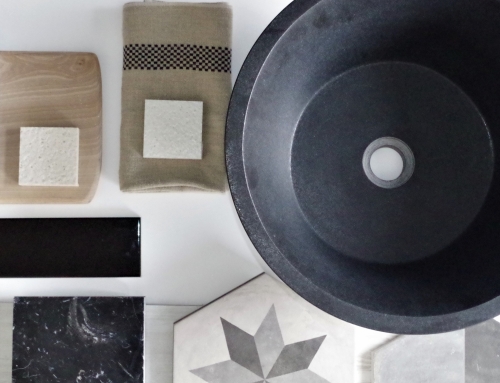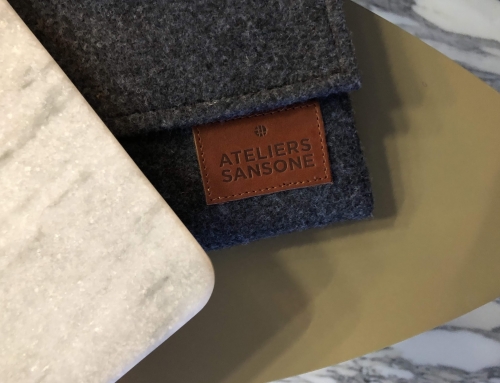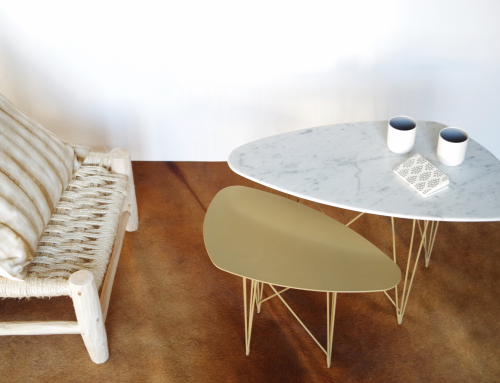Socially responsible craftsmanship on sale at the Ateliers Sansone
Design For Peace is behind a new collection of decoration objects and fashion accessories, Transhumance. It is the fruit of seven weeks of collaborative work between seventeen Touareg craftsmen from Mali, currently refugees in Burkina Faso, and six young French designers during a residency in the country’s capital Ouagadougou. Touched by this socially responsible approach, the Ateliers Sansone will be selling a small selection of these hand-made items. The collection includes a set of Agasho Aman vases (calabash) covered with leather and nylon thread on stained rosewood bases, as well as hand woven Tiss & Tik bags.
The history of the Design For Peace Project
The project first began in 2015 when the Afrika Tiss association, with the support of the United Nations High Commission for Refugees (UNHCR), set up Design For Peace to improve the autonomy and integration of refugees in Burkina Faso by encouraging them to use their traditional skills and reinforce their production capacities with the help of local craftsmen. In a global context with an ever-increasing number of refugee migrations, Design For Peace seeks to use craftsmanship as a lever for social and economic development for populations in difficulty, providing them with the chance to see refugees as a genuine source of talent and skill rather than a menace to their society.
The first Transhumance collection
The residency between March and April 2016 brought together seventeen Touareg craftsmen and six young French designers, all young professionals or students rigorously selected in France and Burkina Faso. This was an opportunity for different cultures to meet each other and try out new skills. The Transhumance collection presents a number of technical innovations: including Borassus marquetry (a palm-tree native to the tropical regions of Saharan Africa), vegetable fibre and rubber weaving, calabash worked with leather or knitted sleeves.
The Transhumance collection symbolically weaves together two different geographical environments, two different cultural and aesthetic worlds: the Touareg heritage and young Parisian design concepts. The collection is named after the nomadic displacements of the Touareg populations; it includes around fifteen items in leather, wood, metal and vegetable fibres which symbolically refer to key moments in nomadic Saharan culture through their function, form or material.

